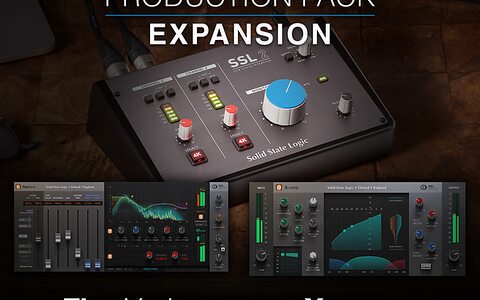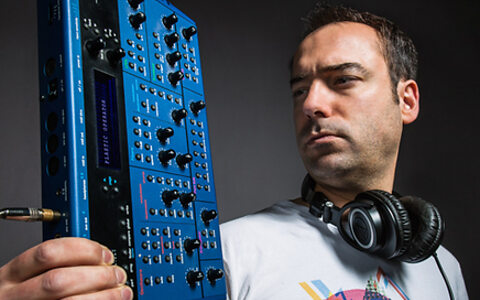
SSL expand interface software bundle
Get free plug-ins when you buy an SSL 2 or 2+ USB audio interface.

Get free plug-ins when you buy an SSL 2 or 2+ USB audio interface.

Named after electronic music pioneer Daphne Oram, the Oram Awards celebrate the role of women in the world of music and sound, and the six winners for 2020 have just been announced.

EQ will make or break your master. It's the single most important factor in mastering, once you've decided the loudness...

The iconic semi-modular monosynth is now available in four different colours.


Don Lewis toured with the Beach Boys, as well as played studio sessions for Quincy Jones and Michael Jackson. He's now the focus of a documentary film by Ned Augustenborg.

Canadian producer and educator Mat Gendreau shares his Top 5 Tips on processing reverbs to fit with your song tempo and to avoid overpowering a mix.

New series of USB audio interfaces boasts quality conversion, ultra-low latency and high-performance preamps.

This new instrument takes its name from the broken piano of Lumineers member Jeremiah Fraites.

Software instrument guru Rob Papen has released a sequel to his highly regarded additive soft-synth, Blade.